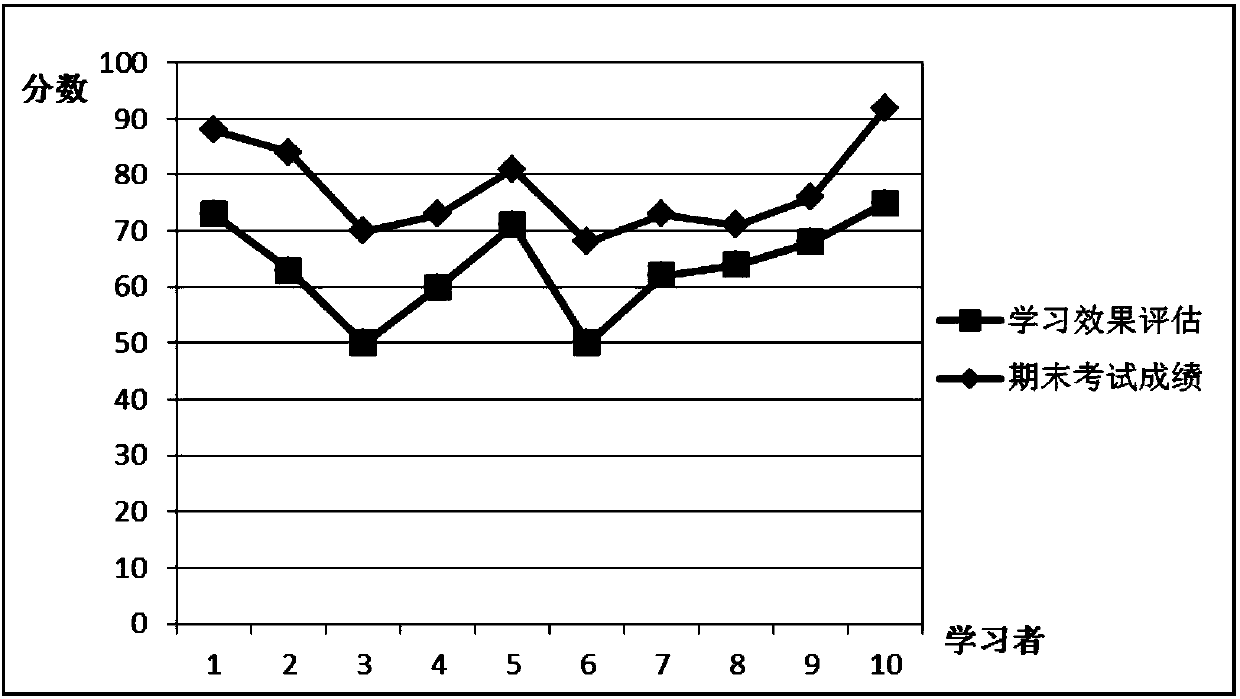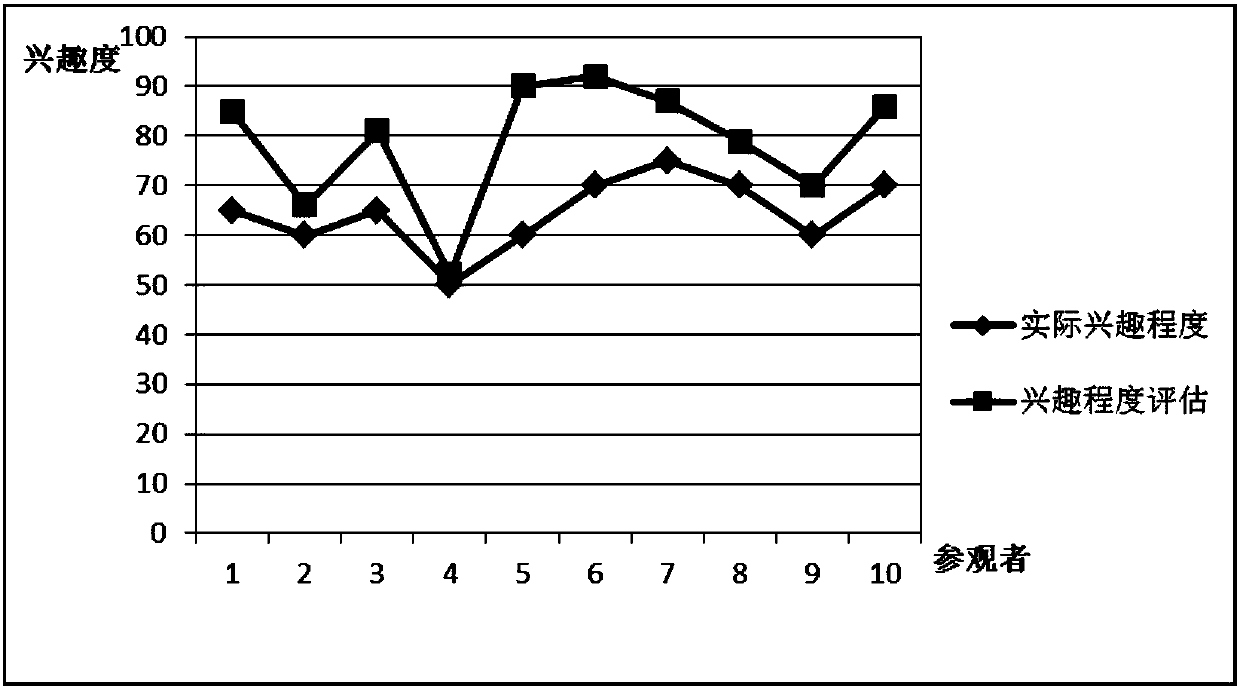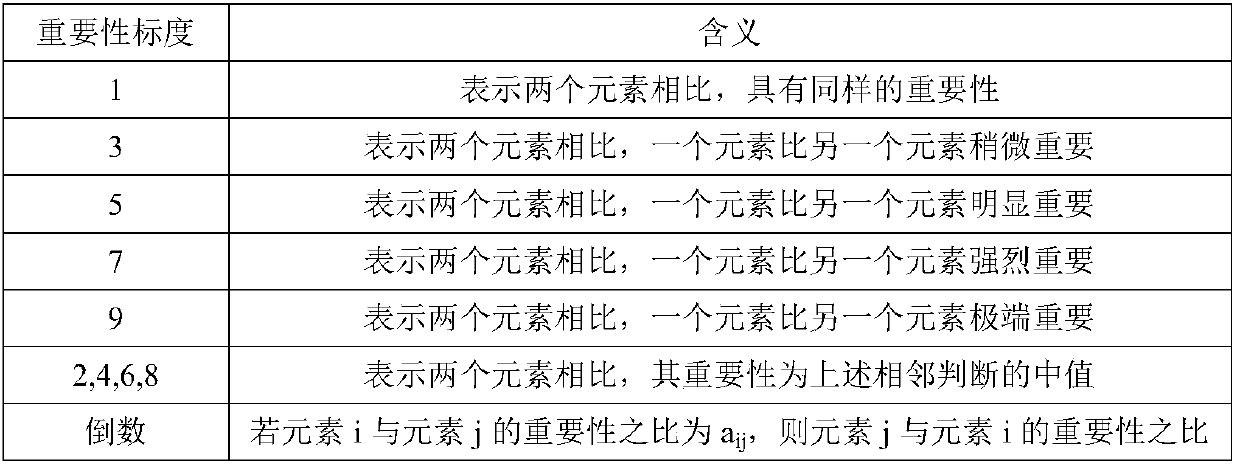Learner model-based design item assessment method
A learner and model technology, applied in the field of behavioral information perception and learning analysis, can solve problems such as limited application fields, lack of a comprehensive evaluation plan, and few involvements
- Summary
- Abstract
- Description
- Claims
- Application Information
AI Technical Summary
Problems solved by technology
Method used
Image
Examples
Embodiment 1
[0053] Example 1 Learning Effect Evaluation in Learning Analysis
[0054] The first step is to construct the learner model. Based on the learner instance, its attributes and related services are analyzed and summarized. Through the analysis, the information of the learner instance mainly exists in two forms: static structure and dynamic structure. Static structure information is mainly basic information (such as user name, student number, name, gender, major, age, ethnicity, contact information, hobbies, etc.); dynamic structure information is mainly behavior information in the learning process (such as preference information, Online learning performance, etc.) and performance information corresponding to learning results (such as performance summary, test scores, etc.). Further fill in learner attributes according to actual needs. The details are shown in Table 3.
[0055] Table 3. Learner model
[0056]
[0057]
[0058] The second step is to formulate design item...
Embodiment 2
[0088] Embodiment 2 Based on the evaluation of the degree of interest perceived by the visitor's behavior information
[0089] The first step is to construct the learner model. Based on the visitor instance, its attributes and related services are analyzed and summarized. Through the analysis, the information of visitor instances mainly exists in two forms: static structure and dynamic structure. The information in the static structure is mainly identity information (such as name, gender, profession, age, ID number, ethnicity, contact information, hobbies, etc.); the information in the dynamic structure is mainly behavior information and somatosensory interaction information during the visit, subjective survey data, scoring data. Further fill in visitor attributes according to actual needs. The details are shown in Table 6.
[0090] Table 6. Visitor model
[0091]
[0092]
[0093] The second step is to formulate design items.
[0094] First, determine the design i...
PUM
 Login to View More
Login to View More Abstract
Description
Claims
Application Information
 Login to View More
Login to View More - R&D
- Intellectual Property
- Life Sciences
- Materials
- Tech Scout
- Unparalleled Data Quality
- Higher Quality Content
- 60% Fewer Hallucinations
Browse by: Latest US Patents, China's latest patents, Technical Efficacy Thesaurus, Application Domain, Technology Topic, Popular Technical Reports.
© 2025 PatSnap. All rights reserved.Legal|Privacy policy|Modern Slavery Act Transparency Statement|Sitemap|About US| Contact US: help@patsnap.com



